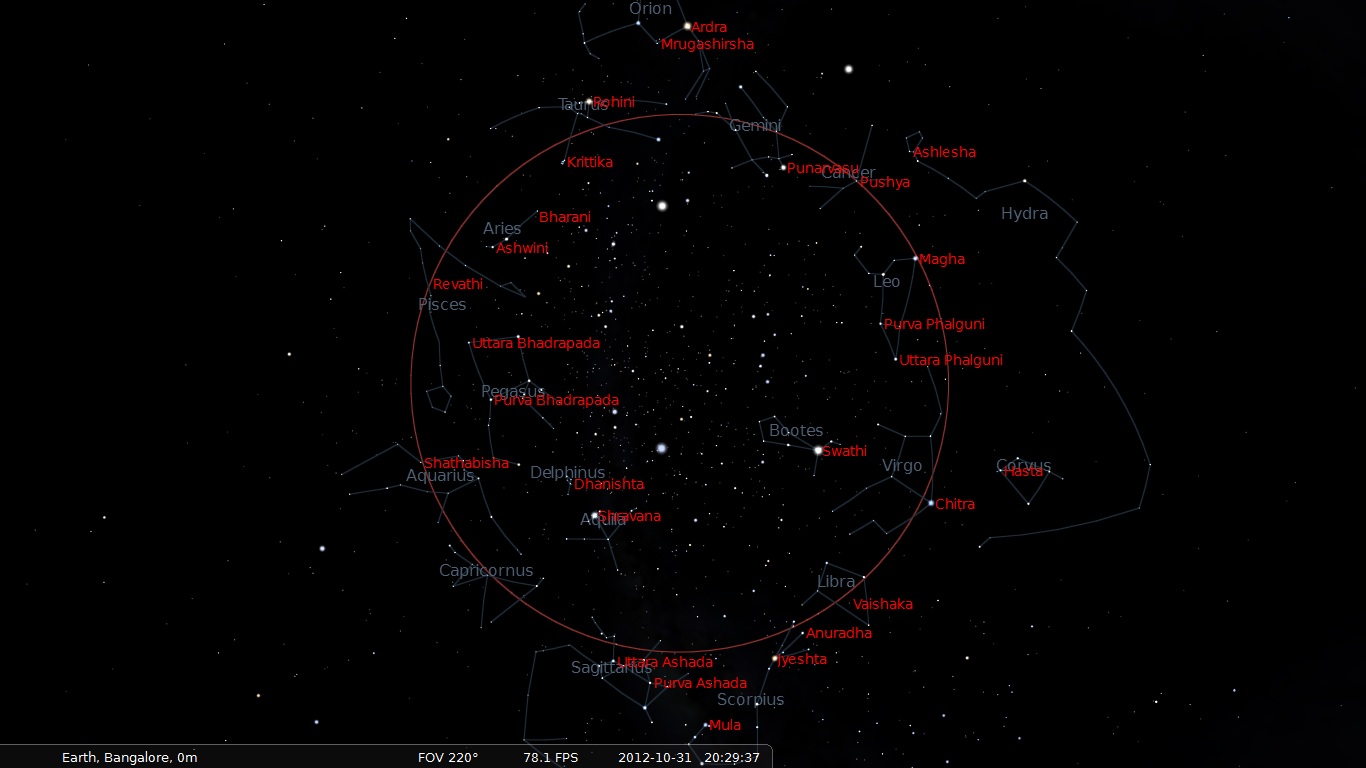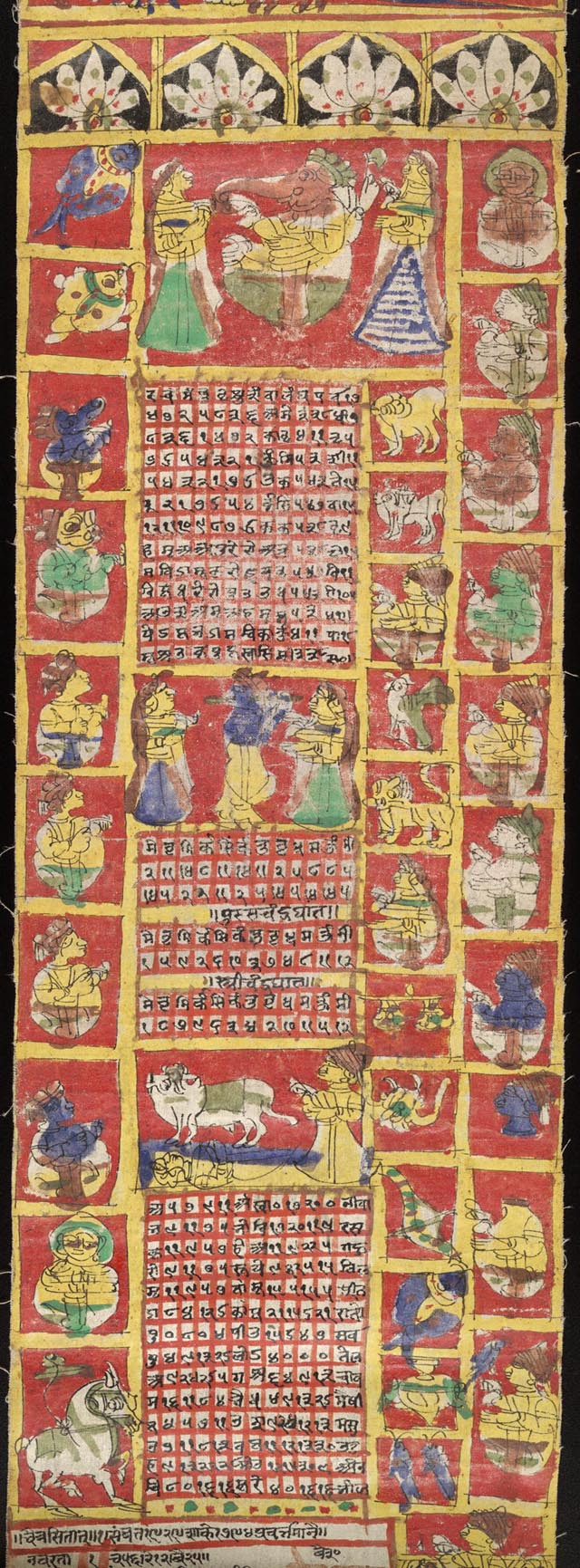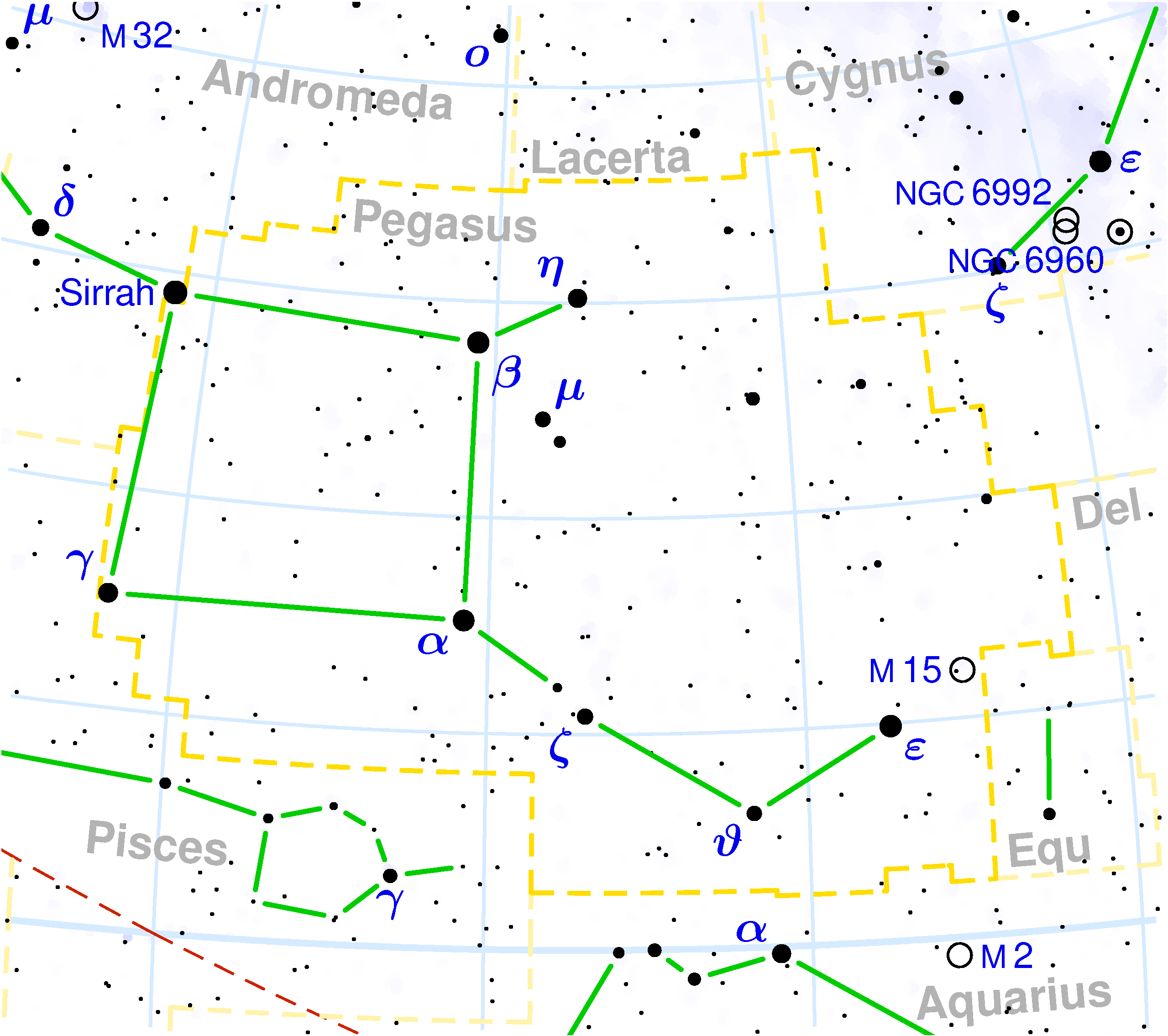|
Uposatha
An Uposatha () day is a Buddhism, Buddhist day of observance, in existence since the Buddha's time (600 BCE), and still being kept today by Buddhist practitioners. The Buddha taught that the Uposatha day is for "the cleansing of the defiled mind," resulting in inner calm and joy. On this day, both lay and ordained members of the sangha intensify their practice, deepen their knowledge and express communal commitment through millennia-old acts of lay-monastic reciprocity. On these days, the lay followers make a conscious effort to keep the Five Precepts or (as the tradition suggests) the ten precepts. It is a day for practicing the Buddha's teachings and meditation. Observance days Depending on the culture and time period, uposatha days have been observed from two to six days each lunar month. Theravada countries In general, Uposatha is observed about once a week in Theravada countries in accordance with the four lunar phases: the new moon, the full moon, and the two quarter moon ... [...More Info...] [...Related Items...] OR: [Wikipedia] [Google] [Baidu] |
Eight Precepts
In Buddhism, the Eight Precepts (, ) is a list of moral precepts that are observed by Nuns, or Upāsakas and Upasikās (Upasaka, lay Buddhists) on Uposatha (Uposatha, observance days) and special occasions. They are considered to support Buddhist meditation, meditation practice, and are often observed when staying in monasteries and temples. They include ethical precepts such as refraining from killing any living being, but also more specific ones, such as abstaining from entertainments. The tradition of keeping the Eight Precepts on weekly observance days is still widely practiced in all Theravadin Buddhist countries and communities worldwide. Based on pre-Buddhist ''sramana, sāmaṇa'' practices, the eight precepts are often upheld on the Buddhist uposatha, observance days (, ), and in such context called the uposatha vows or one-day precepts. In some periods and places the precepts were widely observed, such as in 7th–10th-century China by government officials. In modern tim ... [...More Info...] [...Related Items...] OR: [Wikipedia] [Google] [Baidu] |
Buddhism In Myanmar
Buddhism (), specifically Theravāda Buddhism (), is the official and state religion of Myanmar since 1961, and practiced by nearly 90% of the population. It is the most religious Buddhist country in terms of the proportion of monks in the population and proportion of income spent on religion. With approximately 48 million Buddhists, Myanmar has the Buddhism by country#By country, fourth largest Buddhist population in the world, after Chinese Buddhism, China, Thailand and Japan. Adherents are most likely found among the Bamar people, Bamar, Shan people, Shan, Rakhine people, Rakhine, Mon people, Mon, Karen people, Karen, and Chinese people in Myanmar, Chinese who are well integrated into Burmese society. Bhikkhu, Monks, collectively known as the Sangha (Buddhism), sangha (community), are venerated members of Burmese society. Among many ethnic groups in Myanmar, including the Bamar and Shan, Theravada Buddhism is practiced in conjunction with the worship of nat (spirit), nats, ... [...More Info...] [...Related Items...] OR: [Wikipedia] [Google] [Baidu] |
Thingyan
Thingyan (/sɛŋkəmɑ/ ; , Old Mon language, Old Mon: သင်ကြာန် ), also known as the Myanmar New Year, is a festival that usually occurs in middle of April. Thingyan marks the transition from the old year to the new one, based on the traditional Myanmar lunisolar calendar. The festival usually spans four to five days, culminating in ''New Year’s Day'', and is one of the most anticipated public holidays across the country. The highlight of the celebration is the symbolic throwing of water, representing the washing away of sins and bad luck from the previous year. People engage in water fights using buckets and water guns, especially during the first four days. Streets become lively with music, dance troupes, and temporary stages called pandal (မဏ္ဍပ်'',mandat''). Thingyan is not only a joyful festival but also a time for ''merit-making''. Many people practice religious observances such as almsgiving, releasing fish and birds, and visiting monasterie ... [...More Info...] [...Related Items...] OR: [Wikipedia] [Google] [Baidu] |
Buddhism
Buddhism, also known as Buddhadharma and Dharmavinaya, is an Indian religion and List of philosophies, philosophical tradition based on Pre-sectarian Buddhism, teachings attributed to the Buddha, a wandering teacher who lived in the 6th or 5th century Before the Common Era, BCE. It is the Major religious groups, world's fourth-largest religion, with about 500 million followers, known as Buddhists, who comprise four percent of the global population. It arose in the eastern Gangetic plain as a movement in the 5th century BCE, and gradually spread throughout much of Asia. Buddhism has subsequently played a major role in Asian culture and spirituality, eventually spreading to Western world, the West in the 20th century. According to tradition, the Buddha instructed his followers in a path of bhavana, development which leads to Enlightenment in Buddhism, awakening and moksha, full liberation from ''Duḥkha, dukkha'' (). He regarded this path as a Middle Way between extremes su ... [...More Info...] [...Related Items...] OR: [Wikipedia] [Google] [Baidu] |
Śrāvaṇa
Shravana (Devanagari: श्रवण), also known as Thiruvonam in Tamil and Malayalam (Tamil: திருவோணம், Malayalam: തിരുവോണം), is the 22nd ''nakshatra'' or ''lunar mansion'' as used in Hindu astronomy, Hindu calendar and Hindu astrology. It belongs to the constellation Makara (Devanagari: मकर), a legendary sea creature resembling a crocodile] or Capricorn (astrology), Capricorn. The name alludes to Shravan, a mythological character who attained repute due to his utmost devotion to his aged and blind parents. Lord Venkateswara of Tirupati and Lord Oppiliappan near Kumbakonam, who married Markandeya Rishi's daughter Bhuvalli, are believed to be born in this Nakshatra in the Bhadrapada maasa. Onam, the biggest festival of Kerala, is celebrated on this Nakshathra in the Malayalam month of Chingam. Traditional Hindu given names are determined by which pada (quarter) of a nakshatra the Ascendant/ Lagna was in at the time of birth. In the ... [...More Info...] [...Related Items...] OR: [Wikipedia] [Google] [Baidu] |
Esala
Esala may refer to: Events * Esala Puja, also known as Dharma Day, one of Theravada Buddhism's most important festivals. *Kandy Esala Perahera, Sri Lankan festival. * Esala Mangallaya, Sri Lankan festival. Places * Edinburgh School of Architecture and Landscape Architecture, Edinburgh, Scotland, United Kingdom. *A village in Rivers State, Nigeria. People *Esala Masi Esala Masi (born 9 March 1974) is a retired Fijian footballer, who played as a striker. Club career Masi began his football career at his hometown club Ba before he signed with National Soccer League (NSL) club Gippsland Falcons in January ..., Fijian footballer. * Esala Weerakoon, Sri Lankan diplomat. * Esala Teleni, Fijian naval officer. * Dairo Esalas, Colombian boxer. {{disambig ... [...More Info...] [...Related Items...] OR: [Wikipedia] [Google] [Baidu] |
Pūrva Ashādhā
Nakshatra () is the term for Lunar mansion in Hindu astrology and Buddhist astrology. A nakshatra is one of 27 (sometimes also 28) sectors along the ecliptic. Their names are related to a prominent star or asterism (astronomy), asterisms in or near the respective sectors. In essence (in Western astronomical terms), a nakshatra simply is a constellation. Every nakshatra is divided into four ''padas'' ( "steps"). The starting point for the nakshatras according to the ''Vedas'' is "Krittika" (it has been argued, because the Pleiades may have started the year at the time the ''Vedas'' were compiled, presumably at the vernal equinox), but, in more recent compilations, the start of the nakshatras list is the point on the ecliptic directly opposite the star Spica, called ''Chitrā'' in Sanskrit. This translates to Ashwinī, a part of the modern constellation of Aries (constellation), Aries. These compilations, therefore, may have been compiled during the centuries when the sun was pass ... [...More Info...] [...Related Items...] OR: [Wikipedia] [Google] [Baidu] |
Poson
Poson, also known as Poson Poya, is an annual festival held by Sri Lankan Buddhists celebrating the arrival of Buddhism in Sri Lanka in the 3rd century BC. The festival is the most important Poya (full moon) holiday of the year and the second most important Buddhist holiday of the year, being surpassed in importance by Vesak. Poson is celebrated throughout the island, with the most important ceremonies of the festival being held in Anuradhapura Anuradhapura (, ; , ) is a major city located in the north central plain of Sri Lanka. It is the capital city of North Central Province, Sri Lanka, North Central Province and the capital of Anuradhapura District. The city lies north of the cur ... and Mihintale. The festival is held in early June, coinciding with the June full moon. Festival Poson is celebrated to commemorate the introduction of Buddhism to Sri Lanka by Mahinda Thero in 236 BC. The focal point of the religious festival is the Buddhist monastic complex on the moun ... [...More Info...] [...Related Items...] OR: [Wikipedia] [Google] [Baidu] |
Hindu Calendar
The Hindu calendar, also called Panchangam, Panchanga (), is one of various lunisolar calendars that are traditionally used in the Indian subcontinent and Southeast Asia, with further regional variations for social and Hindu religious purposes. They adopt a similar underlying concept for timekeeping based on sidereal year for solar cycle, solar cycle and adjustment of lunar cycles in every three years, but differ in their relative emphasis to moon cycle or the sun cycle and the names of months and when they consider the New Year to start. Of the various regional calendars, the most studied and known Hindu calendars are the Shaka era, Shalivahana Shaka (Based on the Shalivahana, King Shalivahana, also the Indian national calendar) found in the Deccan Plateau, Deccan region of Southern India and the Vikram Samvat (Bikrami) found in Nepal and the North and Central regions of India – both of which emphasize the lunar cycle. Their new year starts in spring. In regions such as Tamil ... [...More Info...] [...Related Items...] OR: [Wikipedia] [Google] [Baidu] |
Vesak
Vesak (; Sanskrit: '), also known as Buddha Jayanti, Buddha Purnima, Visak Bochea and Buddha Day, is a holiday traditionally observed by Buddhism, Buddhists in South Asia and Southeast Asia, as well as in Tibet and Mongolia. It is among the most important Buddhist festivals. The festival commemorates the birth, enlightenment (Pali: Nibbāna, Sanskrit: Nirvāṇa), and death (Parinibbāna, Parinirvāna) of Gautama Buddha in Theravada, Tibetan Buddhism, and Navayana. The name ''Vesak'' is derived from the Pali term ' or Sanskrit ' for the lunar month of Vaisakha, which is considered the month of Buddha's birth. In Mahayana Buddhist traditions, the holiday is known by its Sanskrit name (') and derived variants of it. In the East Asian tradition, a celebration of Buddha's Birthday typically occurs around the traditional timing of Vesak, while the Buddha's awakening and death are celebrated as separate holidays that occur at other times in the calendar as Bodhi Day and Parinirva ... [...More Info...] [...Related Items...] OR: [Wikipedia] [Google] [Baidu] |
Pūrva Bhādrapadā
Pūrva Bhādrapadā (lit. "the early blessed one", "highly intuitive"), also known as ''Pūrațțāti'' (பூரட்டாதி) in Tamil and ''Pūrūruțțāti'' (പൂരൂരുട്ടാതി) in Malayalam, is the twenty-fifth of the 27 Nakshatra (constellations) in Indian astronomy and Hindu astrology, corresponding to α and β Pegasi. It is placed under the domain of Bṛhaspati, the deity represented by the planet Jupiter. Practitioners of electional astrology see Pūrva Bhādrapadā as a Cruel sign, meaning that activities related to deception, craftiness or wickedness are best begin while this sign is in prominence. Like its twin, Uttara Bhādrapadā, Pūrva Bhādrapadā is often represented by dualistic imagery, such as a two-headed man, or two legs of a bed. Crossed swords can also be used to symbolize this nakshatra.Dennis M. Harness. "The Nakshatras: The Lunar Mansions of Vedic Astrology." Lotus Press: 1999. pg. 99 Its patron deity is the Ajaieka ... [...More Info...] [...Related Items...] OR: [Wikipedia] [Google] [Baidu] |
Ashvinī
Ashvini (अश्विनी, ) is the first nakshatra (lunar mansion) in Indian astronomy having a spread from 0°-0'-0" to 13°-20', corresponding to the head of Aries, including the stars β and γ Arietis. The name ''aśvinī'' is used by Varahamihira (6th century). The older name of the asterism, found in the Atharvaveda (AVS 19.7; in the dual) and in Panini (4.3.36), was ''aśvayúja'', "harnessing horses". This nakshatra belongs to Mesha Rasi. Notable personalities born in this nakshatra are Sania Mirza, Bhimsen Joshi, Yukta Mookhey. Astrology Ashvini is ruled by Ketu, the descending lunar node. In electional astrology, Ashvini is classified as a small constellation, meaning that it is believed to be advantageous to begin works of a precise or delicate nature while the moon is in Ashvini. Ashvini is ruled by the Ashvinas, the heavenly twin brother gods who served as physicians to the gods and goddesses. Ashvini is represented by the bee hive. Traditional Ind ... [...More Info...] [...Related Items...] OR: [Wikipedia] [Google] [Baidu] |





